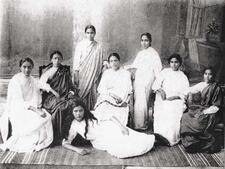Education
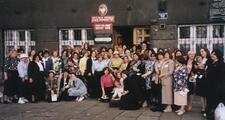
Bais Ya'akov Schools
Bais Yaakov is a network of schools and youth movements for Orthodox girls, which was founded in Krakow, Poland, in 1917 and grew into a system of hundreds of schools in Poland and beyond. It quickly rebuilt after the Holocaust and thrives today in Orthodox communities around the world.
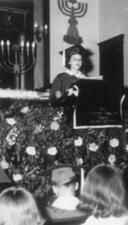
Elaine DeLott Baker
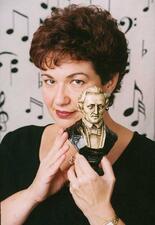
Astrith Baltsan
Golde Bamber
Golde Bamber envisioned and institutionalized new educational structures to serve Jewish immigrant communities in Boston in the late nineteenth and early twentieth centuries. She served as director of the Hebrew Industrial School for Girls for forty years. Bamber’s pioneering work influenced settlement house, vocational, Jewish, and nursery school education in Boston and beyond.
Florence Bamberger
Educational administrator, professor, and author Florence Bamberger devoted her life and career to developing and implementing her progressive views on teaching. Her commitment to supervisory models of pedagogy continues to influence schools of education today.
Asnat Barazani
Asnat Barazani was a highly educated and respected Torah scholar in late 16th and early 17th century Kurdistan. After her father’s death, he passed leadership of his Yeshiva in Mosul to Asnat’s husband, but she essentially ran it, taking rabbinic students under her supervision.
Lizzie Spiegel Barbe
Lizzie Spiegel Barbe, a member of a prominent Chicago family, devoted more than fifty years of her life to being a clubwoman and leader within the Chicago Jewish community. Like other “Jewish Clubwomen” of this era, Barbe was motivated to establish leadership roles for women that had previous not existed within the organized Jewish community.
Hannah Barnett-Trager
Hannah Barnett-Trager’s involvement in the literary world began when she helped found and then worked as a librarian at the Jewish Free Reading Room in London. She published her first article in 1919 and went on to write books for both children and adults. Trager’s writing discussed Jewish culture and politics, often drawing from her own experiences.
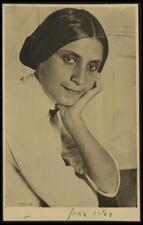
Devorah Baron
Devorah Baron is one of the few Hebrew women prose writers in the first half of the twentieth century to gain critical acclaim in her lifetime. She wrote primarily about Jewish women’s lives, focusing on the challenges women faced in a society that did not value them equally. Her work was in dialogue with European writers, including Chekhov and Flaubert, and with Hebrew modernist writer S. Y. Agnon.

Barren Women in the Bible
The Hebrew Bible tells six stories of barren women: three of the four matriarchs (Sarah, Rebekah, and Rachel); the unnamed wife of Manoah/mother of Samson; Hannah, the mother of the prophet Samuel; and the Shunnamite woman, an acolyte of the prophet Elisha. Each woman suffers a period of infertility, in some cases exacerbated by the presence of a fertile, though less beloved, rival wife. Eventually, God intervenes and the woman conceives, but the beloved son is then dedicated back to God, either in service or in sacrifice.

Dorothy Walter Baruch
Psychologist Dorothy Walter Baruch championed the health development of children as an educator, author, psychologist, and as a community leader. Her psychodynamic approach to child development focused on the relationship between physical, emotional, and intellectual development and on rechanneling children’s feelings through play and art therapy.
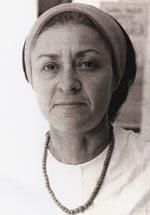
Rivka Basman Ben-Hayim
Born in Wilkomir, Lithuania, in 1925, the much-awarded Rivka Basman began writing poetry at an early age. She composed poetry during the Holocaust, and continued to publish books of lyrical poetry long after. Only late in life did she directly address her experiences during the Holocaust.
Matilde Bassani Finzi
Matilde Bassani Finzi was an active Italian anti-fascist who relentlessly fought the injustices of Mussolini and the Nazis. She continuously worked towards the ideals in which she believed: freedom, democracy, and equality for women.
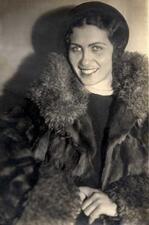
Shulamit Bat-Dori
Shulamit Bat-Dori defied notions about the inappropriateness of theater in the kibbutz, creating popular and acclaimed plays for the masses. Bat-Dori joined Ha-Shomer ha-Za’ir and made Aliyah in 1923, bringing her passion for theater, dance, music, and languages to Kibbutz B (later Mishmar ha-Emek). She wrote plays and founded the Kibbutz theater.
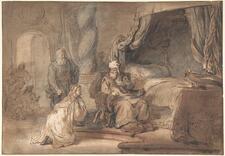
Bathsheba: Bible
Bathsheba is the married woman whom King David takes in adultery and who, though initially passive, becomes the pivotal figure in his downfall. The king has Bathsheba’s husband, Uriah, slain in battle and then takes her as a wife. While her first child, conceived in adultery, dies, the second, Solomon, becomes heir to the throne as a consequence of Bathsheba’s maneuverings.
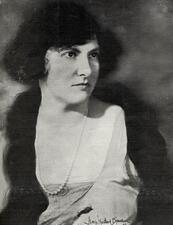
Marion Eugénie Bauer
Marion Eugenie Bauer was a modernist and experimental composer whose musical scholarship advocated for women’s voices to be heard and revived interest in female composers. As a teacher, writer, and composer, she was actively involved in many music and composition organizations, frequently as the only woman in a leadership position.

Sarah Bavly
Dutch-born Sarah Bavly was a pioneer nutritionist in the Yishuv who laid the groundwork for Israel's nutritional infrastructure and educational programming, directing Hadassah's hospital nutrition departments and school lunch programs and establishing the State's first College of Nutrition.
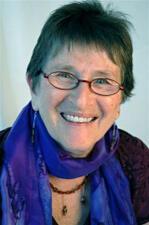
Evelyn Torton Beck
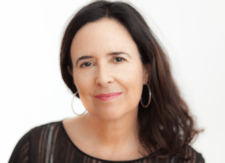
Ruth Behar
Award-winning cultural anthropologist Ruth Behar has conducted groundbreaking research in Spain, Mexico, and her native Cuba. Her innovations in cultural representation have transformed ethnographic writing and reached a broad, non-academic audience through her film, poetry, personal essays, and young adult fiction.

Jeanne Behrend
Jeanne Behrend was a renowned pianist, music educator, and composer who was dedicated to creating music and popularizing North and South American music. Behrend won Columbia University’s Joseph Bearns Prize in 1936; debuted at Carnegie Hall in 1937, performing one of her own compositions; and founded the Philadelphia Festival of Western Hemisphere Music in 1959.
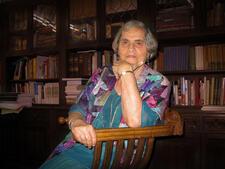
Ruth Ben Israel
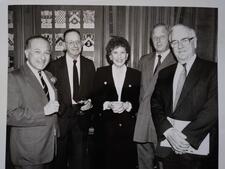
Hadassa Ben-Itto
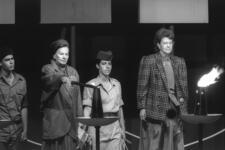
Miriam Ben-Porat
Rose I. Bender
